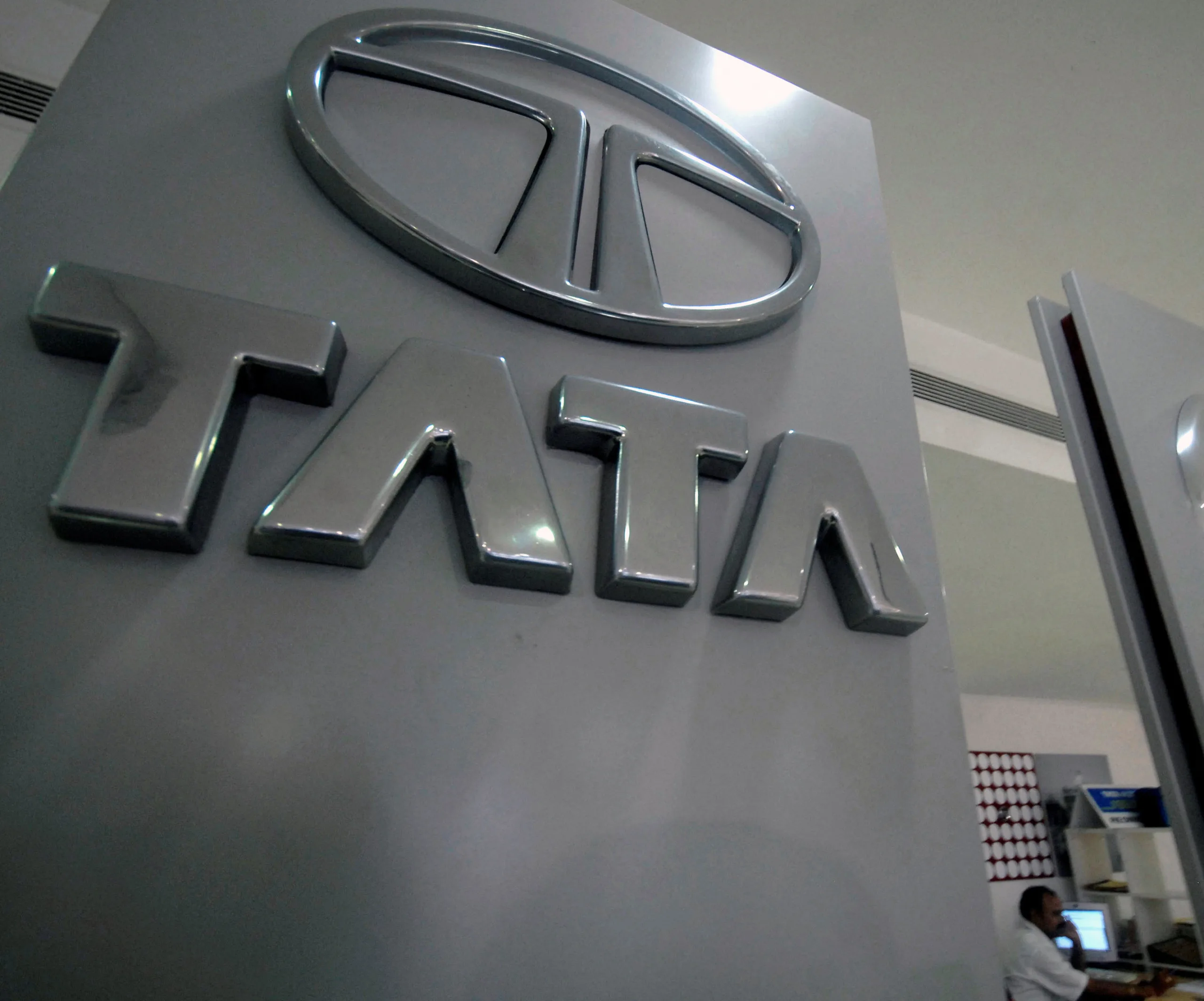Table of content
In today’s dynamic market landscape, understanding the comparative value proposition of passenger vehicles (PV) versus commercial vehicles (CV) is crucial for investors eyeing Tata Motors’ shares.
Let’s Go into a comprehensive analysis to discern which business segment holds the potential to create more value for stakeholders.
Market Dynamics and Demand Trends
Passenger Vehicles (PV)
Tata Motors share price of the passenger vehicle segment has witnessed a notable surge in demand, driven by evolving consumer preferences, technological advancements, and regulatory shifts favoring cleaner mobility solutions.
With the growing emphasis on sustainability and electric mobility, Tata Motors has strategically positioned itself to capitalize on emerging trends.
The introduction of electric variants such as the Nexon EV and upcoming models underscores the company’s commitment to innovation and environmental stewardship.
Commercial Vehicles (CV)
On the other hand, Tata Motors’ commercial vehicle division remains a cornerstone of its business, catering to diverse sectors including logistics, construction, and transportation.
The demand for commercial vehicles is intricately linked to economic indicators, infrastructure development, and industrial activity. As economies recover and infrastructure projects gain momentum, the demand for CVs is poised to witness an upswing, presenting lucrative opportunities for Tata Motors to expand its market share.
Financial Performance and Growth Prospects
Passenger Vehicles (PV)
Tata Motors’ foray into the passenger vehicle segment has yielded promising results, with a steady increase in market penetration and brand recognition.
The company’s robust product portfolio, coupled with aggressive marketing strategies, has fueled revenue growth and enhanced profitability in the PV segment. Moreover, strategic collaborations and alliances have facilitated access to new markets and technology-sharing opportunities, further augmenting Tata Motors’ competitive advantage in the passenger vehicle space.
Commercial Vehicles (CV)
In the commercial vehicle domain, Tata Motors continues to demonstrate resilience amid evolving market dynamics and regulatory challenges. The company’s ability to innovate and adapt to changing customer requirements has been pivotal in sustaining its leadership position in key markets.
With a focus on product diversification, cost optimization, and aftermarket services, Tata Motors is well-positioned to capitalize on the anticipated rebound in commercial vehicle demand, particularly in emerging economies witnessing infrastructure development and urbanization trends.
Comparative Analysis: PV vs. CV
Growth Potential
While both passenger vehicles and commercial vehicles represent significant revenue streams for Tata Motors share price and the growth trajectories, and market dynamics differ substantially between the two segments.
Passenger vehicles, fueled by technological advancements and shifting consumer preferences, offer a compelling growth narrative, particularly in the context of electric mobility and sustainable transportation solutions.
Conversely, commercial vehicles, although subject to cyclical fluctuations, present enduring opportunities driven by economic growth, infrastructure investments, and logistical requirements.
Profitability and Margins
In terms of profitability, passenger vehicles typically command higher margins compared to commercial vehicles due to factors such as brand premium, innovation-driven pricing strategies, and value-added features.
However, commercial vehicles, despite operating in a more price-sensitive market segment, offer volume-driven revenue streams and long-term customer relationships, contributing to overall business stability and resilience against market volatility.
Conclusion
In conclusion, the comparative analysis of Tata Motors Share Price of passenger vehicles versus commercial vehicles underscores the nuanced dynamics and strategic imperatives shaping the company’s growth trajectory.
While passenger vehicles offer a compelling narrative driven by technological innovation and evolving consumer preferences, commercial vehicles remain integral to Tata Motors’ core business strategy, catering to diverse market segments and economic trends.
As investors evaluate the company’s performance and growth prospects, understanding the synergies and trade-offs between passenger vehicles and commercial vehicles is essential for informed decision-making and value creation in the automotive sector.
Historical Performance: Examining trends in Tata Motors share price over the past months or years to identify patterns and potential indicators for future movements.
Market Sentiment: Analyzing market sentiment towards Tata Motors based on news, events, and investor perceptions that could impact share price fluctuations.
Financial Metrics: Exploring key financial metrics such as earnings per share (EPS), price-to-earnings (P/E) ratio, and return on investment (ROI) to assess the company’s financial health and valuation.
Industry Comparisons: Contrasting Tata Motors’ share price performance with its competitors in the automotive industry to gauge relative strength and market positioning.
Analyst Recommendations: Review insights and recommendations from financial analysts and investment firms regarding Tata Motors’ share price outlook and investment potential.
External Factors: Considering macroeconomic factors, geopolitical events, and regulatory changes that may influence Tata Motors share price movement and overall market sentiment.
Future Projections: Speculating on potential future scenarios and developments that could impact Tata Motors share price, including new product launches, technological advancements, and market expansion strategies.
For More Click Here.
